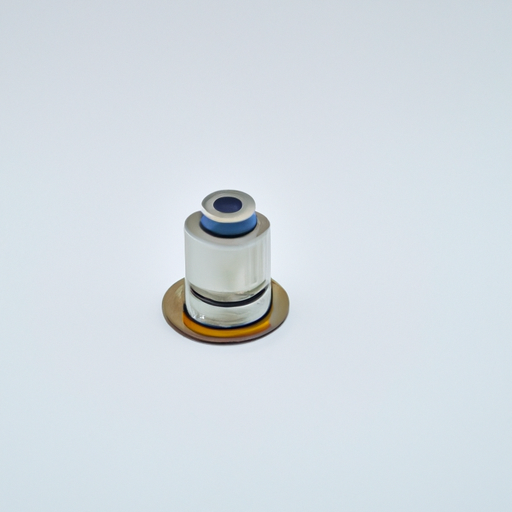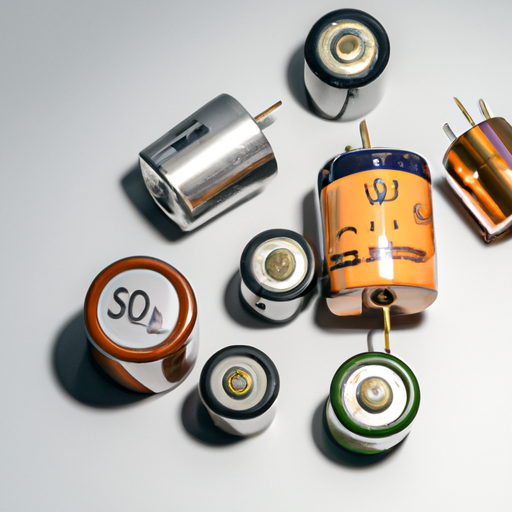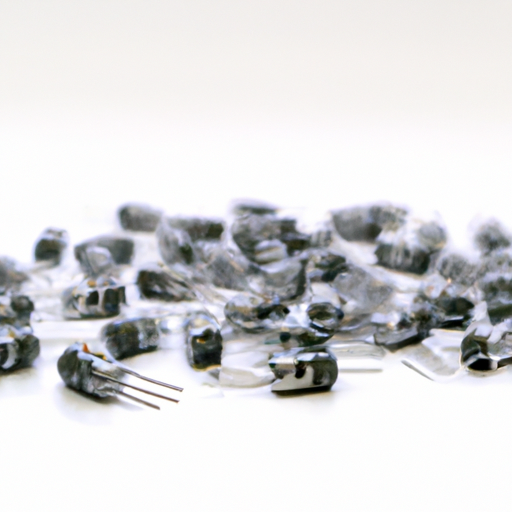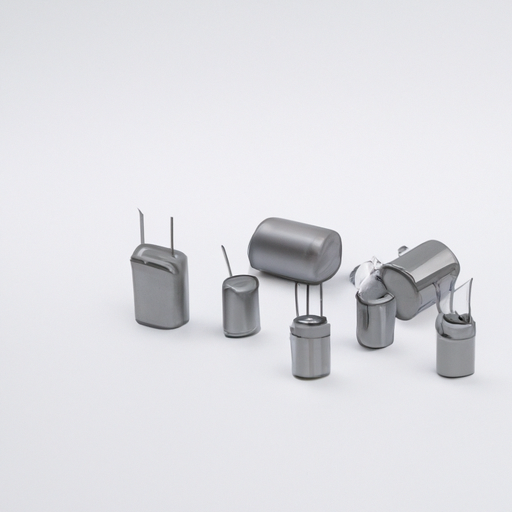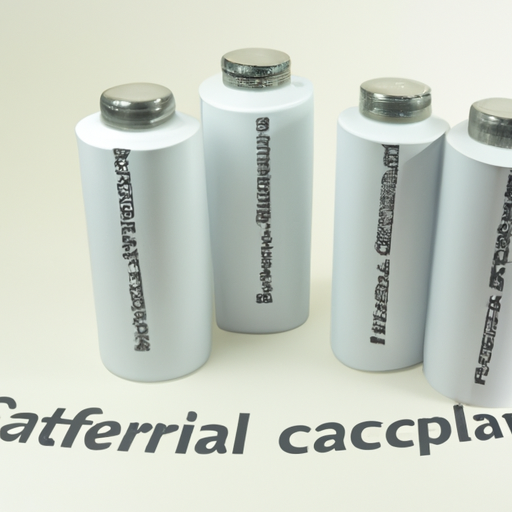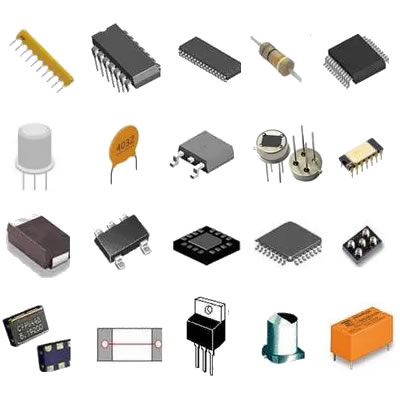What are the purchasing models of the latest supercapacitor equipment components?
What are the Purchasing Models of the Latest Supercapacitor Equipment Components?
I. Introduction
Supercapacitors, also known as ultracapacitors or electric double-layer capacitors (EDLCs), are energy storage devices that bridge the gap between traditional capacitors and batteries. They store energy through electrostatic charge separation, allowing for rapid charge and discharge cycles. As technology advances, supercapacitors have gained significant traction in various sectors, including automotive, renewable energy, consumer electronics, and industrial applications. Understanding the purchasing models for supercapacitor equipment components is crucial for businesses looking to leverage this technology effectively.
II. Understanding Supercapacitor Technology
A. Basic Principles of Supercapacitors
Supercapacitors operate on the principle of electrostatic charge storage, which allows them to achieve higher energy densities than traditional capacitors while offering faster charge and discharge rates than batteries. They utilize two electrodes separated by an electrolyte, where energy is stored in the electric field created at the interface between the electrodes and the electrolyte.
1. Energy Storage Mechanisms
The energy storage mechanisms in supercapacitors can be categorized into two main types: electrostatic double-layer capacitance and pseudocapacitance. The former involves the accumulation of charge at the electrode-electrolyte interface, while the latter involves faradaic reactions that occur at the surface of the electrodes, allowing for higher energy storage.
2. Comparison with Traditional Capacitors and Batteries
Unlike traditional capacitors, which store energy in an electric field, supercapacitors can store significantly more energy and deliver it quickly. Compared to batteries, supercapacitors can charge and discharge much faster, making them ideal for applications requiring rapid bursts of energy.
B. Applications of Supercapacitors
Supercapacitors are increasingly being integrated into various applications:
1. Automotive Industry
In the automotive sector, supercapacitors are used for regenerative braking systems, providing quick bursts of energy to assist in acceleration and improve fuel efficiency.
2. Renewable Energy Systems
Supercapacitors play a vital role in renewable energy systems, such as wind and solar power, by storing excess energy generated during peak production times and releasing it during periods of low production.
3. Consumer Electronics
In consumer electronics, supercapacitors are used to enhance battery life and performance, providing quick power boosts for devices like smartphones and laptops.
4. Industrial Applications
In industrial settings, supercapacitors are employed in uninterruptible power supplies (UPS) and for energy recovery in machinery, improving overall efficiency.
III. Overview of Purchasing Models
As the demand for supercapacitor technology grows, various purchasing models have emerged to accommodate different business needs.
A. Direct Purchase Model
1. Description and Process
The direct purchase model involves buying supercapacitor equipment components outright from manufacturers or suppliers. This model is straightforward, allowing businesses to own the equipment immediately.
2. Advantages and Disadvantages
**Advantages:**
- Full ownership of the equipment.
- No ongoing payments or commitments.
- Potential for long-term savings.
**Disadvantages:**
- High initial investment.
- Risk of obsolescence as technology advances.
B. Leasing Model
1. Description and Process
In the leasing model, businesses rent supercapacitor equipment for a specified period. This model is beneficial for companies that require flexibility and want to avoid large upfront costs.
2. Advantages and Disadvantages
**Advantages:**
- Lower initial costs.
- Access to the latest technology without the burden of ownership.
- Flexibility to upgrade or change equipment as needed.
**Disadvantages:**
- Ongoing lease payments can accumulate over time.
- No ownership of the equipment at the end of the lease term.
C. Subscription Model
1. Description and Process
The subscription model allows businesses to pay a recurring fee for access to supercapacitor technology and services. This model often includes maintenance and support, making it an attractive option for companies looking for comprehensive solutions.
2. Advantages and Disadvantages
**Advantages:**
- Predictable costs with monthly or annual payments.
- Access to maintenance and support services.
- Flexibility to scale up or down based on needs.
**Disadvantages:**
- Long-term costs may exceed direct purchase.
- Dependence on the provider for equipment availability and support.
D. Consortium Purchasing Model
1. Description and Process
In a consortium purchasing model, multiple organizations collaborate to purchase supercapacitor equipment collectively. This approach can lead to bulk purchasing discounts and shared resources.
2. Advantages and Disadvantages
**Advantages:**
- Cost savings through bulk purchasing.
- Shared knowledge and resources among consortium members.
- Increased bargaining power with suppliers.
**Disadvantages:**
- Potential for conflicts among consortium members.
- Limited flexibility in choosing specific equipment or suppliers.
IV. Factors Influencing Purchasing Decisions
When deciding on a purchasing model for supercapacitor equipment components, several factors come into play.
A. Cost Considerations
1. Initial Investment vs. Long-Term Savings
Businesses must weigh the initial investment against potential long-term savings. While direct purchases may seem costly upfront, they can lead to savings over time compared to leasing or subscription models.
2. Total Cost of Ownership
Understanding the total cost of ownership, including maintenance, support, and potential upgrades, is crucial for making informed purchasing decisions.
B. Technological Advancements
1. Impact of Innovation on Purchasing Choices
Rapid advancements in supercapacitor technology can influence purchasing decisions. Companies may prefer leasing or subscription models to stay current with the latest innovations.
2. Importance of Compatibility with Existing Systems
Ensuring that new supercapacitor components are compatible with existing systems is vital for seamless integration and optimal performance.
C. Supplier Reliability and Reputation
1. Evaluating Suppliers
Businesses should conduct thorough evaluations of suppliers, considering factors such as reliability, reputation, and customer reviews.
2. Importance of Warranties and Support Services
Warranties and support services are critical in ensuring that businesses receive adequate assistance in case of equipment issues.
D. Regulatory and Environmental Considerations
1. Compliance with Industry Standards
Purchasing decisions must consider compliance with industry standards and regulations, ensuring that the equipment meets safety and performance requirements.
2. Sustainability and Eco-Friendliness
As sustainability becomes increasingly important, businesses may prioritize suppliers that offer eco-friendly solutions and practices.
V. Trends in the Supercapacitor Market
A. Growth of the Supercapacitor Market
The supercapacitor market is experiencing significant growth, driven by increasing demand for energy storage solutions across various industries.
B. Emerging Technologies and Their Impact on Purchasing Models
Emerging technologies, such as advanced materials and manufacturing processes, are influencing purchasing models by offering improved performance and cost-effectiveness.
C. Shift Towards Sustainable and Eco-Friendly Solutions
There is a growing trend towards sustainable solutions, prompting businesses to consider the environmental impact of their purchasing decisions.
D. Influence of Global Supply Chain Dynamics
Global supply chain dynamics, including geopolitical factors and trade policies, can affect the availability and pricing of supercapacitor equipment components.
VI. Case Studies
A. Example of a Successful Direct Purchase
A leading automotive manufacturer successfully implemented a direct purchase model for supercapacitor components, resulting in significant cost savings and improved performance in their electric vehicles.
B. Example of a Leasing Arrangement
A renewable energy company opted for a leasing arrangement to access the latest supercapacitor technology, allowing them to scale their operations without the burden of high upfront costs.
C. Example of a Subscription Model in Practice
A consumer electronics firm adopted a subscription model for supercapacitor components, benefiting from ongoing support and maintenance while keeping their technology up to date.
D. Example of Consortium Purchasing
A group of industrial manufacturers formed a consortium to purchase supercapacitor equipment collectively, achieving substantial cost savings and fostering collaboration among members.
VII. Conclusion
In conclusion, the purchasing models for supercapacitor equipment components are diverse, each offering unique advantages and disadvantages. As the supercapacitor market continues to grow and evolve, businesses must carefully consider their purchasing decisions based on factors such as cost, technological advancements, supplier reliability, and regulatory compliance. By staying informed and making strategic choices, organizations can effectively leverage supercapacitor technology to enhance their operations and drive innovation.
VIII. References
- Academic journals and articles on supercapacitor technology.
- Industry reports and market analysis from reputable sources.
- Manufacturer and supplier websites for product information.
- Relevant books and publications on energy storage solutions and purchasing models.
This comprehensive exploration of purchasing models for supercapacitor equipment components provides valuable insights for businesses looking to navigate this rapidly evolving market.

